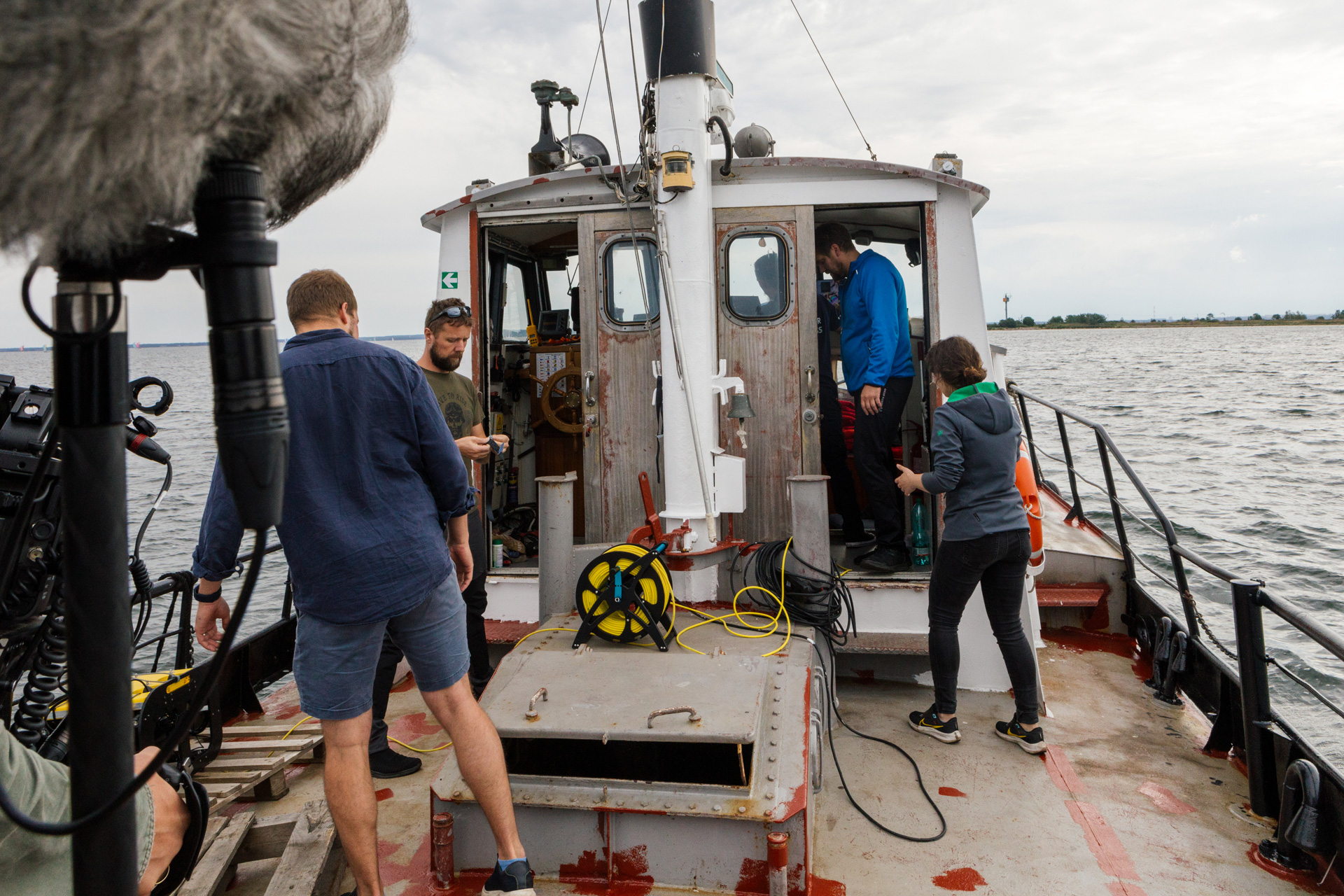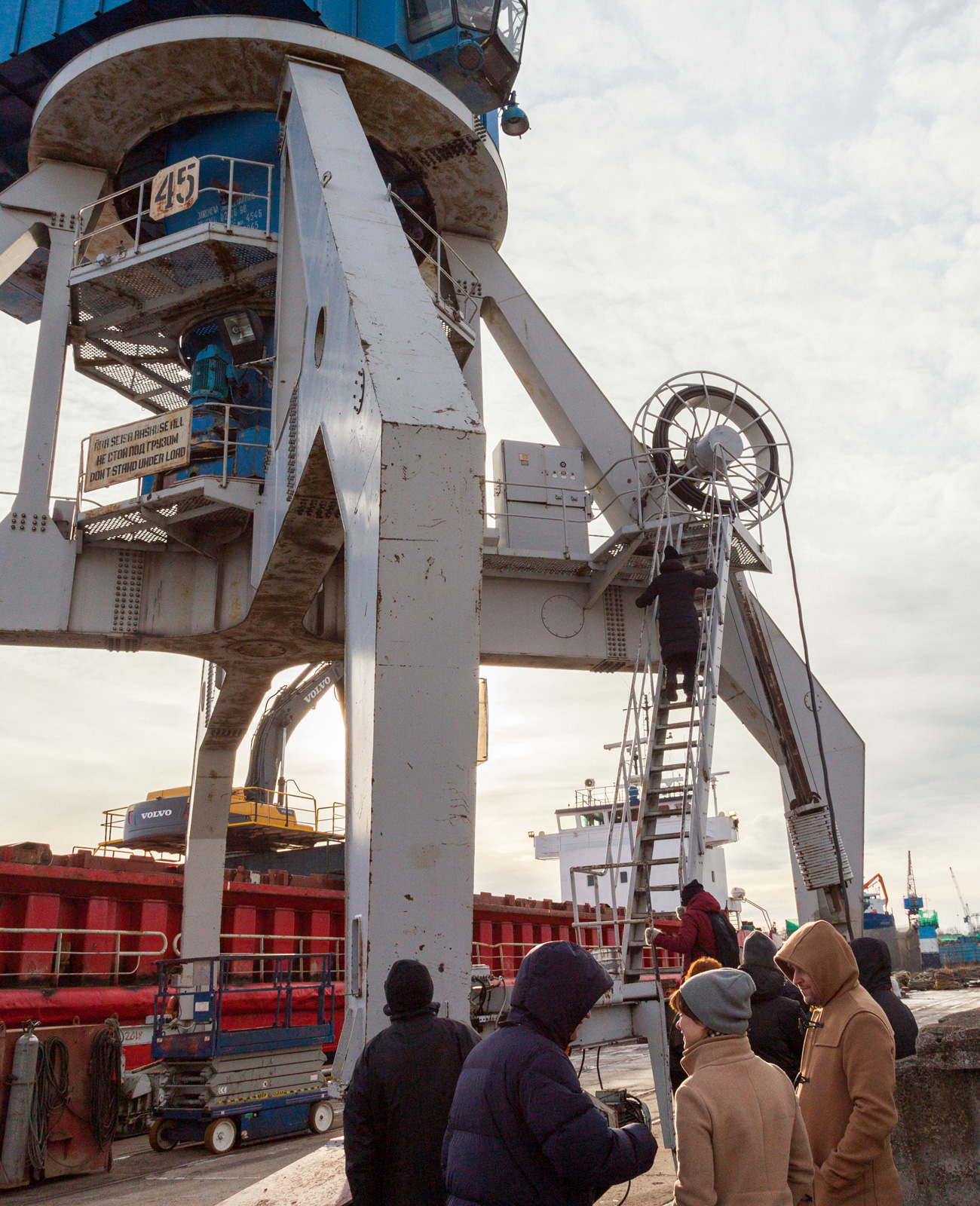“No, it's not about drawing buildings. It's not even about planning. It's about creating the foundation for a new kind of quality.”
One of Hundipea’s visionaries
architect Indrek Allmann

Our approach

Collaboration at its core
Hundipea isn’t being built behind closed doors. The neighbourhood is shaped by a wide mix of people, from urban experts and universities to students and local communities. Think of it as a living testbed for future cities, where new ideas are tested, refined, and put into action.
Grounded in knowledge
Our decisions aren’t based on assumptions – we rely on scientific research, real-world testing, and proven best practices from around the world. From studying how different housing models support social diversity to mapping the DNA of the environment, data and research guide every step of the process.
Always evolving and adapting
Hundipea has a master plan, but it’s not set in stone. It adapts as new ideas, technologies, and ways of living emerge. Formed over decades, the neighbourhood evolves through continuous learning, ensuring it remains relevant and resilient for generations to come.
Designed around real needs
Like a well-designed product, a great neighbourhood starts with the user – the UX and UI design. But here, the users aren’t just people; nature and wildlife shape the design just as much. Every street and park is planned to support everyday life, movement, and the surrounding environment.
Big-picture planning
We see urban planning as an interconnected system, ensuring that every element – from lush green spaces and lively first floors to smart mobility and solid infrastructure – works together seamlessly. Hundipea is designed as a living example of what thoughtful, future-proof urban planning can achieve.
Balancing tech and nature
We use technology where it adds real value and lean on nature-based solutions where they work best. Smart tech and simple, time-tested solutions go hand in hand – whether it’s AI-powered urban planning or trees providing natural cooling on hot days.
Real value over quick profit
Hundipea’s 41 hectares aren’t divided into competing projects. Instead, a shared ownership model gives landowners a stake in the whole area rather than individual plots. This allows for planning at a neighbourhood scale and ensures decisions are based on long-term value, not short-term profit.
Following global guidelines
We follow internationally and nationally recognised best practices and evidence-based recommendations, including EU guidelines, the ‘Estonia 2035’ strategy, national spatial plans ‘Estonia 2030+’ and ‘Estonia 2050,’ the Green Tiger Construction Roadmap (2024), the UN Environment Programme, UN-Habitat (2014), and WHO principles for urban development.
